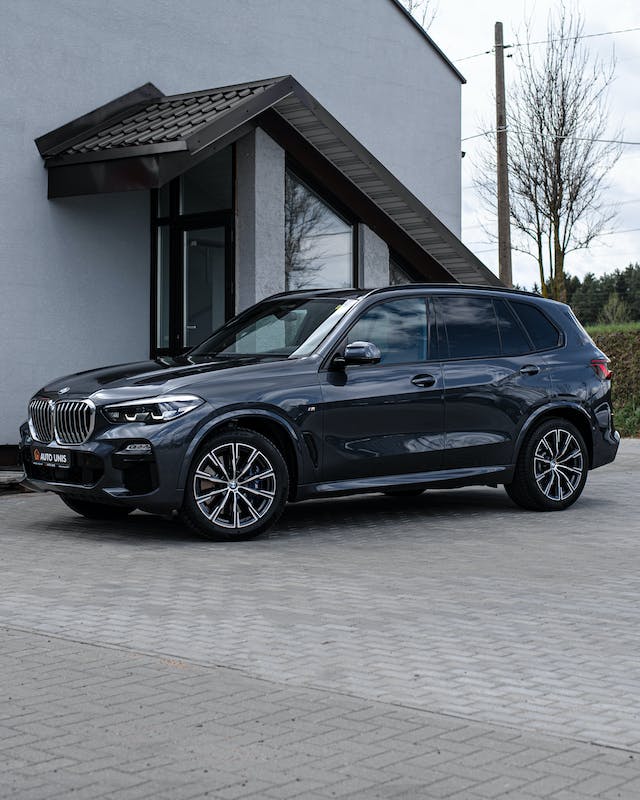If you’re trying to reduce your spending, then the used market is a great place to start. And this applies especially when it comes to major one-off purchases like a car. If you’ve never bought a used vehicle, then getting started might seem a little bit daunting. To be sure, there are upsides and downsides to the practice. Let’s take a look at a few of them.
Up-front Cost
Let’s get the most obvious factor out of the way: a used car will be cheaper than the equivalent new one. As the oft-repeated advice goes, a new car will devalue by several thousand pounds, the moment that it’s driven off the forecourt. This doesn’t happen to used cars.
Insurance Costs
Given that the value of your car is lower, your insurance premiums will be lower, too. The insurer will have less to fork out in the event of a collision (or mechanical failure), and they’ll pass this saving on to you. Shop around for the best rate.
Manufacturer Handles Repairs
In some cases, where you’ve bought your used car through the manufacturer’s own program, you’ll be entitled to certain sorts of repair. The extent to which this is true will vary from manufacturer to manufacturer, and according the location of the dealership, so be sure to read the fine print. If you’re buying a used Nissan in NI, for example, you’ll get 12-months warrantee and 2 years free servicing.
Buyer Beware
Of course, the downside of buying used is that you can’t be entirely sure of what you’re getting – especially if you’re buying directly from the previous owner. Many defects only become apparent after a few weeks spent in the driver’s seat – and if you’re unlucky, you might end up spending more on repairs than you save on the cost of the car.
On a similar note, buying straight from an individual car-owner won’t afford you the same sorts of warrantees and protections that come from buying from a dealership.
Running Costs
Older cars, almost by definition, are not as advanced as new ones. This means that they aren’t as fuel efficient, and they’ve been subject to greater wear-and-tear, and you’ll generally pay more to keep them on the road. Moreover, they won’t come with the same crumple zones and other advanced safety features that newer cars benefit from.
Financing
If you’re borrowing to spend money on a used car, then you might find that an uptick in the interest rate at least partially offsets the saving that comes from buying used.
